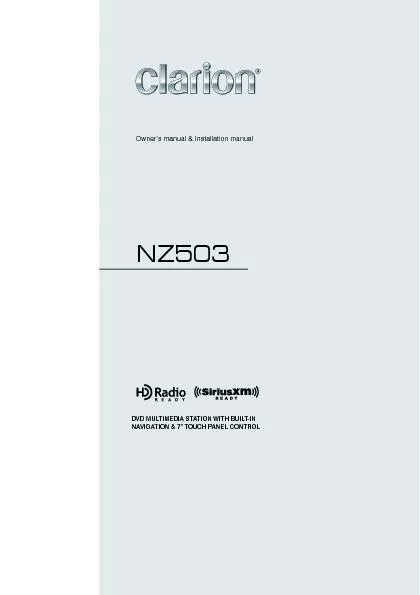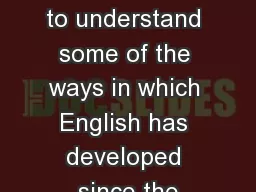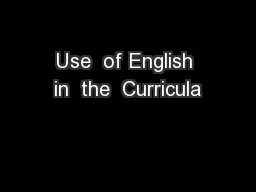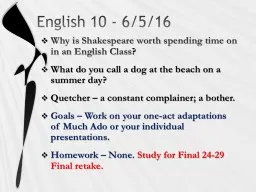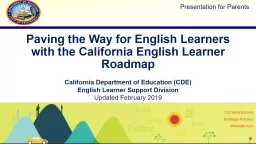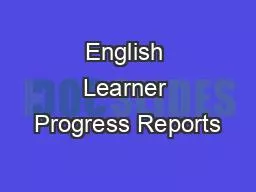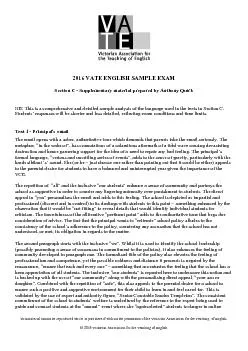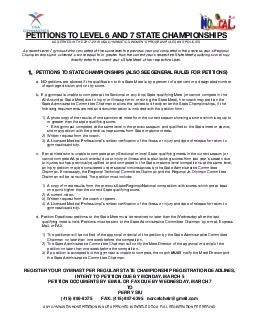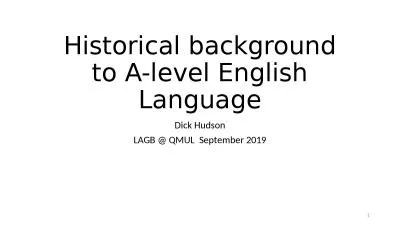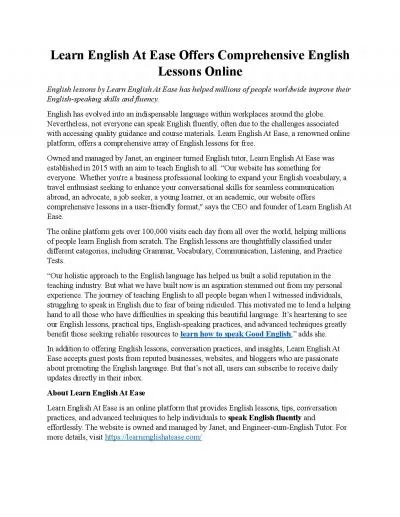PPT-Year 13 A Level English
Author : tawny-fly | Published Date : 2019-11-24
Year 13 A Level English revision support pack There is a LOT here Dont get stressedits intended to HELP you PAPER 1 Section A Analyse how Text A uses language to
Presentation Embed Code
Download Presentation
Download Presentation The PPT/PDF document "Year 13 A Level English" is the property of its rightful owner. Permission is granted to download and print the materials on this website for personal, non-commercial use only, and to display it on your personal computer provided you do not modify the materials and that you retain all copyright notices contained in the materials. By downloading content from our website, you accept the terms of this agreement.
Year 13 A Level English: Transcript
Download Rules Of Document
"Year 13 A Level English"The content belongs to its owner. You may download and print it for personal use, without modification, and keep all copyright notices. By downloading, you agree to these terms.
Related Documents


